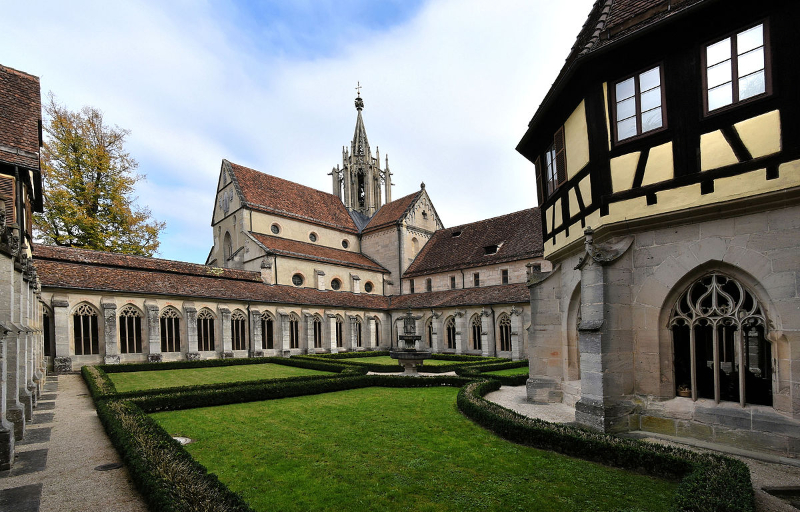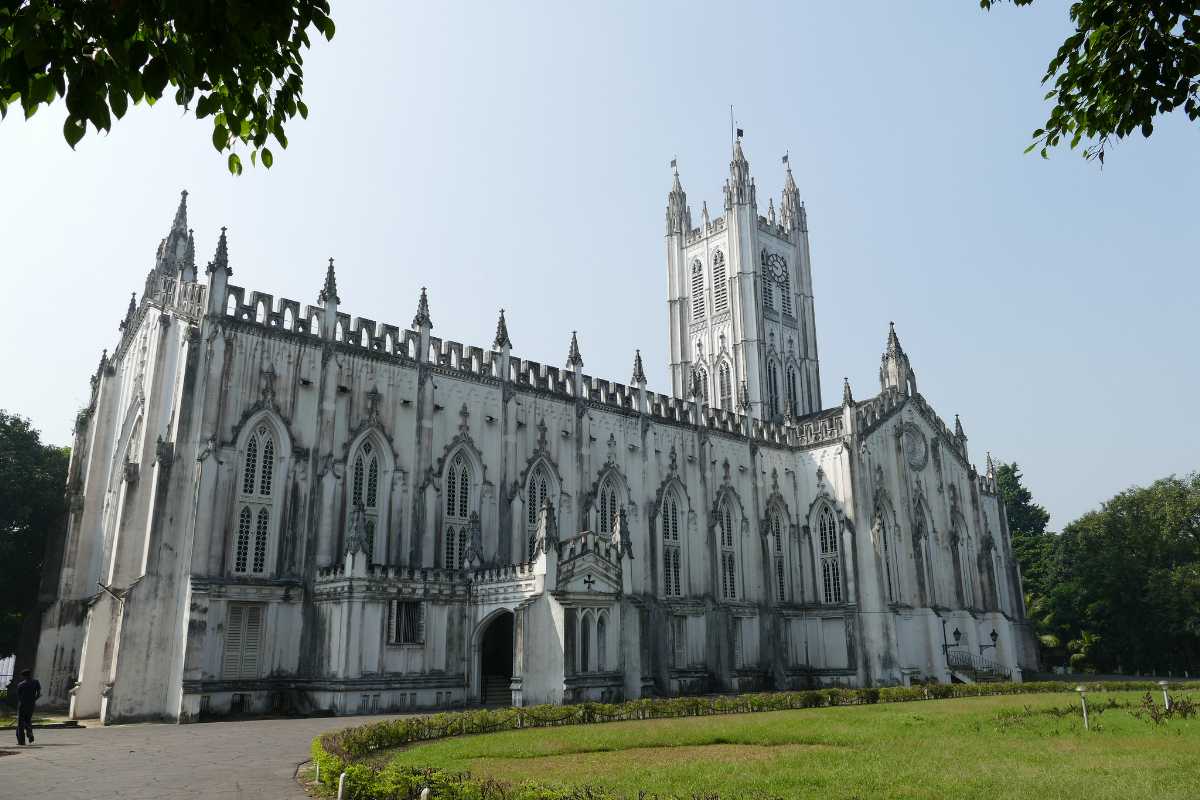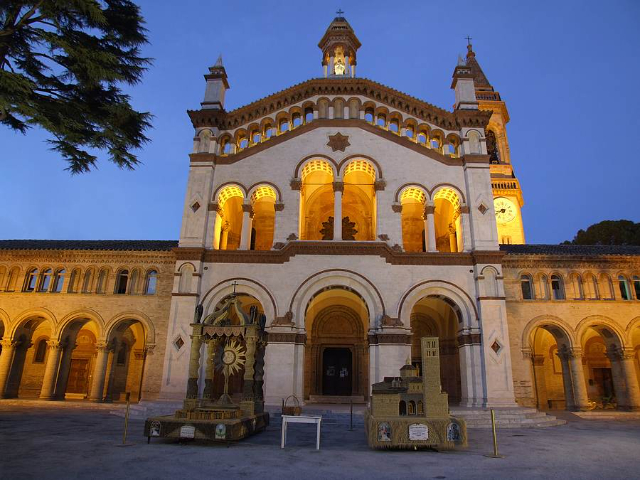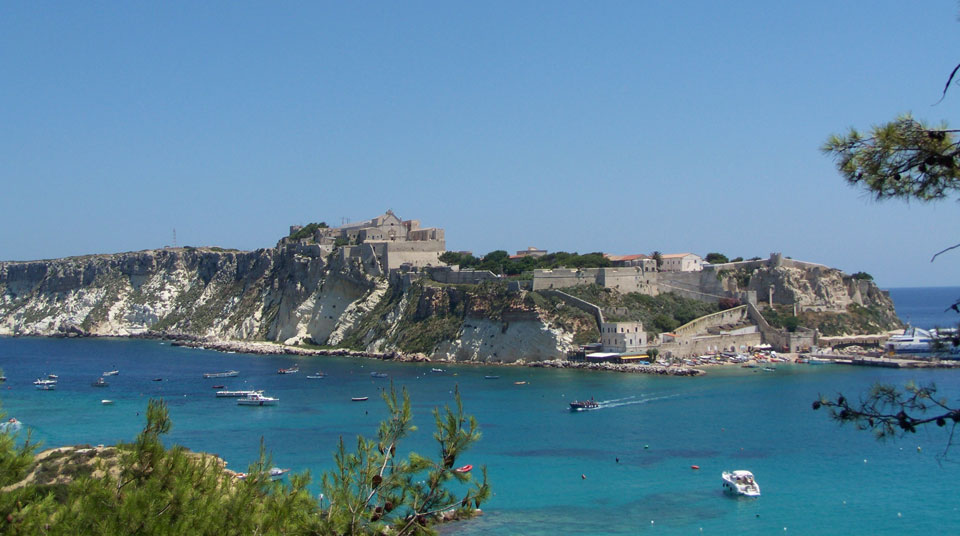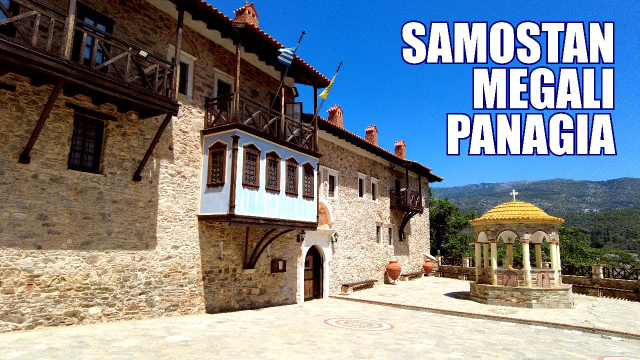Today the monastery and castle of Bebenhausen make an impressive and authentic appearance in the idyllic landscape of the Schönbuch. The once Premonstratensian monastery was founded around the year 1184 by the Count Palatine Rudolf of Tübingen.
The Cistercian monastery complex located in Bebenhausen, Baden-Württemberg.
The complex was named a historic monument in 1974. The monastery was established in the late 12th century by the Premonstratensians, but was ceded to the Cistercians in 1190. From the 13th to 15th centuries, Bebenhausen Abbey’s fortunes grew rapidly until it became one of the richest monasteries in southern Germany. This period was also one of architectural expansion and renovation for the monastery. In the 14th century, it came under the dominion of the then County of Württemberg, whose rulers were later to dissolve the monastery in the 16th century. After the Reformation in 1560 the monastery was opened in monastery school, which operated until 1806. Then the holy building was given over to the hunting lodge of King of Württemberg, and after the Second World War in the Parliament buildings located Württemberg-Gogentsllorena.
The building has its elegant form, expressed in the presence of the scriptorium – workshops scriptorium, luxurious summer refectory vaults made in floral motifs, and you can see the steeple of the tower. Masonry is made with bricks and gray is uncharacteristic Cistercians. In the courtyard there is a small fountain and green manicured flower beds and shrubs that complement each other, creating a cozy garden.
